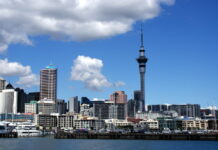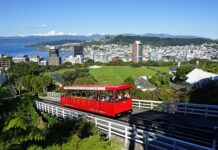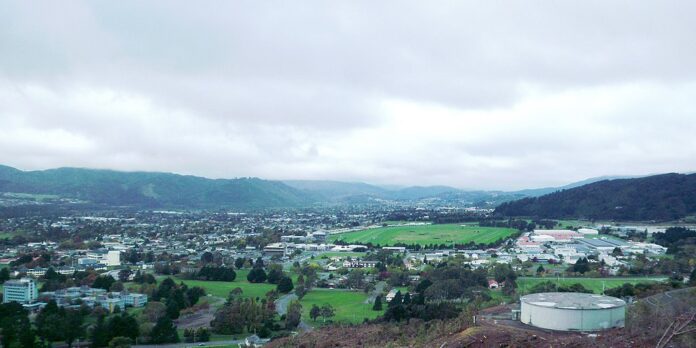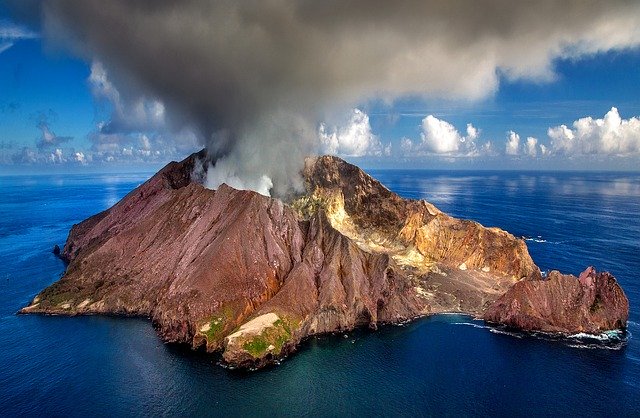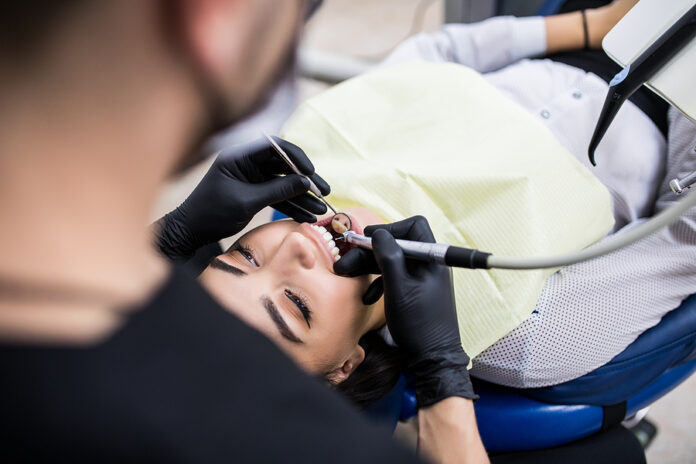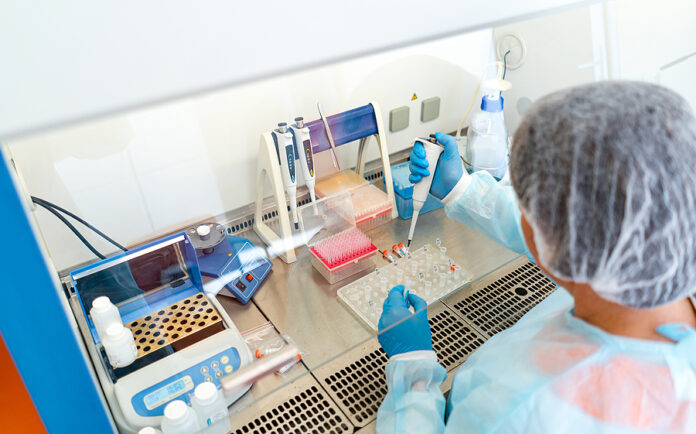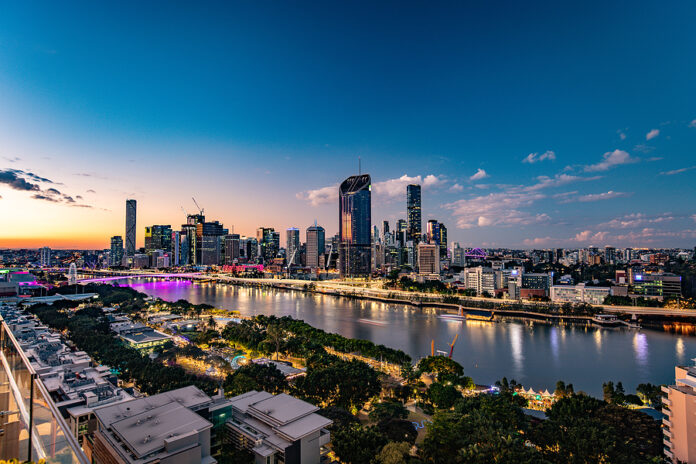Many influential people around the world included the pope have called for countries to implement a Universal Basic Income (UBI). Essentially the UBI is an income that is paid to everyone with no tests or questions asked – even millionaires would receive this payment.
As it has been a hot topic around the world for some time, the New Zealand Finance minister Grant Robertson said that it could be a possibility for New Zealand. Universal Basic Income has been talked about for a while but as the need for benefits and food grows across the globe the topic has popped up again. Italy had a version of UBI before COVID-19 had even hit for the most vulnerable members of their society, Spain had a minimum vital income for their poorest citizens and many people are pushing for something similar to be pushed out in France and Germany. While Europe has had a big influence in getting the scheme pushed out will the rest of the world follow suit?
Finland had also trialed UBI on a smaller scale. The experiment randomly chose 2,000 unemployed individuals and supplied them with the payment. While many people were able to gain employment with the payments or even start a business – some saw no benefit from the scheme at all.
The Universal Basic Income was raised by Gareth Morgan during his election campaign and has been a strong advocate for the cause in New Zealand. He stated that it could help out a lot of people’s lives especially those that need support.
If the UBI was to roll out in New Zealand it would probably follow the same payments of the super benefit which is $22,000 a year. This would cost the country $90 billion each year which has been a touching point for those against it.
















